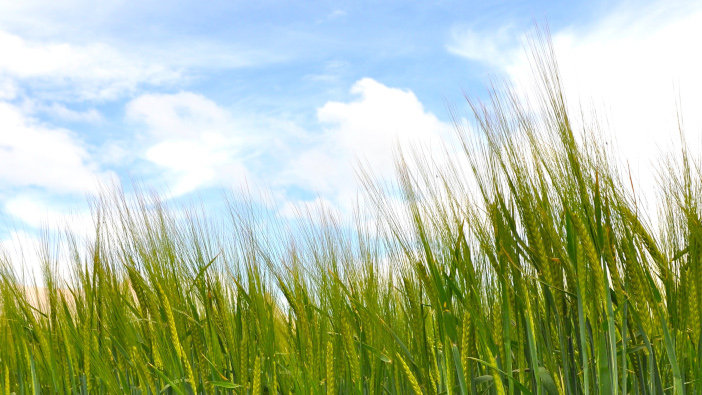Syngenta is warning growers to be alert to the risk of ramularia in spring barley crops, following increased plant stress due to the dry conditions.
Jason Tatnell, disease expert, says that while drilling conditions were kinder this year than in 2024, the dry, hot conditions could lead to increased disease risk.
“We know that Ramularia starts to show itself in infected plants when crops are subjected to stress factors. We’ve already had several of these – including strong sunlight, lack of rain, and potentially reduced uptake of nutrients.
“The arrival of rainfall, while welcome for crop potential, adds a further stress factor – due to sudden nitrogen uptake from the newly-wet soil and a spurt of growth that the crop isn’t prepared for. This could further exacerbate Ramularia problems. And rain will also increase later-season threats from other diseases, such as Rhynchosporium and net blotch,” he adds.
Because late-season diseases, such as ramularia, affect grain filling, this additional stress could reduce yields and lead to increased screenings of small grains.
“With limited fungicide options available against Ramularia, it’s important to choose treatments carefully,” he says.
“As well as excellent activity on Rhynchosporium and net blotch, the twin-pack fungicide of Miravis Plus + Era, which was launched last year, has repeatedly been shown to be phenomenally strong against Ramularia. So it offers a fantastic all-round fungicide for barley. Indeed, a Miravis-based treatment has been shown to not only substantially boost yield, but also reduce screenings and improve gross margin in malting barley in a Ramularia situation.
“On the other hand, if dry conditions return or remain, we know that Miravis Era has shown a strong physiological benefit on the crop – reducing water usage per unit of growth, allowing it to use scarce water resources better, and helping to develop yield by keeping leaves green for longer.”


